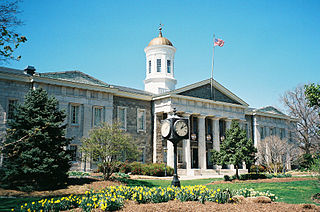
Baltimore County is the third-most populous county in the U.S. state of Maryland. It is part of the Baltimore metropolitan area.

Morgan State University is a public historically black research university in Baltimore, Maryland. It is the largest of Maryland's historically black colleges and universities (HBCUs). In 1890, the university, then known as the Centenary Biblical Institute, changed its name to Morgan College to honor Reverend Lyttleton Morgan, the first chairman of its board of trustees and a land donor to the college. It became a university in 1975.

Cockeysville is a census-designated place (CDP) in Baltimore County, Maryland, United States. The population was 20,776 at the 2010 census.

Towson is an unincorporated community and a census-designated place in Baltimore County, Maryland, United States. The population was 55,197 as of the 2010 census. It is the county seat of Baltimore County and the second-most populous unincorporated county seat in the United States.
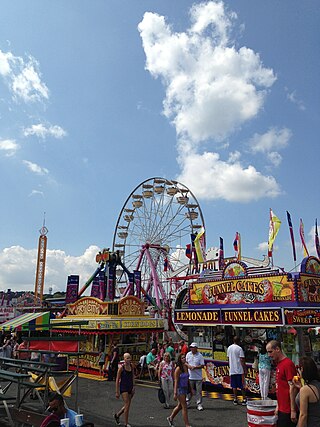
Timonium is a census-designated place (CDP) in Baltimore County, Maryland, United States. As of the 2010 census it had a population of 9,926. Prior to 2010 the area was part of the Lutherville-Timonium CDP.
The Maryland Institute College of Art (MICA) is a private art and design college in Baltimore, Maryland. Founded in 1826 as the Maryland Institute for the Promotion of the Mechanic Arts, it is regarded as one of the oldest art colleges in the United States.

Arthur Pue Gorman was an American politician. He was leader of the Gorman-Rasin organization with Isaac Freeman Rasin that controlled the Maryland Democratic Party from the late 1870s until his death in 1906. Gorman served as United States Senator from Maryland from 1881 to 1899 and again from 1903 until his death. He was a prominent leader of the Bourbon Democrat faction of the Democratic Party. Gorman was Chairman of the Democratic National Committee during Grover Cleveland's 1884 presidential campaign and he is widely credited with securing Cleveland's victory. In 1952 Gorman was described in The Baltimore Sun as "easily the most powerful political figure [Maryland] has ever known."
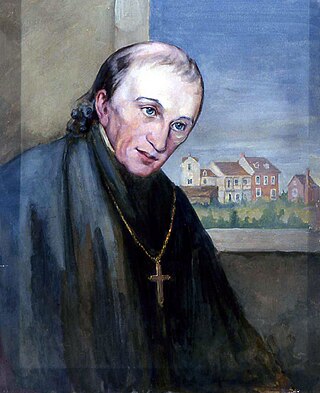
Leonard Neale was an American Catholic prelate and Jesuit who became the second Archbishop of Baltimore and the first Catholic bishop to be ordained in the United States. While president of Georgetown College, Neale became the coadjutor bishop to Bishop John Carroll and founded the Georgetown Visitation Monastery and Academy.
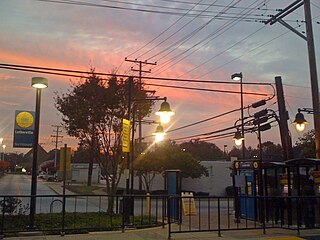
Lutherville is a census-designated place (CDP) in Baltimore County, Maryland, United States. As of the 2010 census it had a population of 6,504. Prior to 2010 the area was part of the Lutherville-Timonium CDP. Within its borders lies the Lutherville Historic District.
Mary Katharine Goddard was an early American publisher, and the postmaster of the Baltimore Post Office from 1775 to 1789. She was the older sister of William Goddard, also a publisher and printer. She was the second printer to print the Declaration of Independence. Her copy, the Goddard Broadside, was commissioned by Congress in 1777, and was the first to include the names of the signatories. In 1998, Goddard was inducted into the Maryland Women's Hall of Fame.
Joseph Horatio Anderson was a British-born Colonial American architect active in Annapolis, Province of Maryland, in the late 18th century.

Martha Ellicott Tyson was an Elder of the Quaker Meeting in Baltimore, an anti-slavery and women's rights advocate, historian, and a co-founder of Swarthmore College. She was married to Nathan Tyson, a merchant whose father was the emancipator and abolitionist Elisha Tyson. She was the great-great grandmother of Maryland state senator James A. Clark Jr. (1918–2006). She was inducted into the Maryland Women's Hall of Fame in 1988.

The Historical Society of Baltimore County (HSBC) was founded in 1959 with the goal of preserving, interpreting, and illustrating the history of Baltimore County for the benefit of present and future generations of Marylanders, and is a resource for those interested in researching both local and family history. As the HSBC describes it, they "continually accomplish" their mission "through the production of presentations, lectures, workshops, entertaining educational publications, historical tours, and exhibits." Centrally located in Cockeysville, Maryland, the Society operates out of the Agriculture Building, the former Baltimore County Almshouse, which was built in 1872 and used to house the poor and mentally ill of Baltimore County until 1958.

William Matthews, occasionally spelled Mathews, was an American who became the fifth Roman Catholic priest ordained in the United States and the first such person born in British America. Born in the colonial Province of Maryland, he was briefly a novice in the Society of Jesus. After being ordained, he became influential in establishing Catholic parochial and educational institutions in Washington, D.C. He was the second pastor of St. Patrick's Church, serving for most of his life. He served as the sixth president of Georgetown College, later known as Georgetown University. Matthews acted as president of the Washington Catholic Seminary, which became Gonzaga College High School, and oversaw the continuity of the school during suppression by the church and financial insecurity.
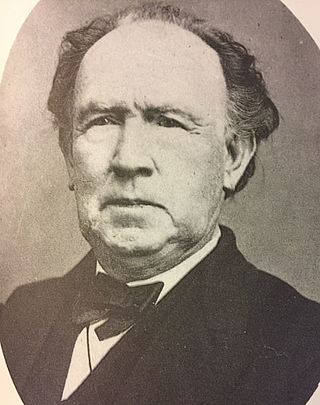
John Gottlieb Morris was a Lutheran minister who played an influential role in the evolution of the Lutheran church in America. He was also an early American entomologist and one of the first to specialize in the study of Lepidoptera.
Florence Eilau Bamberger was an American pedagogue, school supervisor, progressive education advocate, and author. Influenced by the ideas of John Dewey, she researched, lectured, and wrote extensively on the concept of child-centered education. She spent most of her career as a professor of education in the department of philosophy at Johns Hopkins University, and was the first woman to attain a full professorship at that university. From 1937 to 1947 she served as director of Johns Hopkins' College for Teachers. After her retirement, she taught in private elementary schools in Baltimore, Maryland.
Adele Hagner Stamp (1893–1974) was the first dean of women at the University of Maryland, College Park and later named dean of women emeritus from the University Board of Regents. In 1990 she was inducted into the Maryland Women's Hall of Fame. In 1983, the University of Maryland named the student union building in her honor.
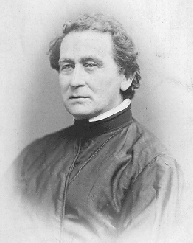
Anthony Francis Ciampi was an Italian priest of the Catholic Church and member of the Society of Jesus.
Enoch Fenwick was an American Catholic priest and Jesuit who ministered throughout Maryland and became the twelfth president of Georgetown College. Descending from one of the original Catholic settlers of the Province of Maryland, he studied at Georgetown College in what is now Washington, D.C. Like his brother and future bishop, Benedict Joseph Fenwick, he entered the priesthood, studying at St. Mary's Seminary before entering the Society of Jesus, which was suppressed at the time. He was made rector of St. Peter's Pro-Cathedral in Baltimore by Archbishop John Carroll, and remained in the position for ten years. Near the end of his pastorate, he was also made vicar general of the Archdiocese of Baltimore, which involved traveling to say Mass in remote parishes throughout rural Maryland.
Thomas Henry Randall was an American architect known for his large country homes during the Gilded Age.













